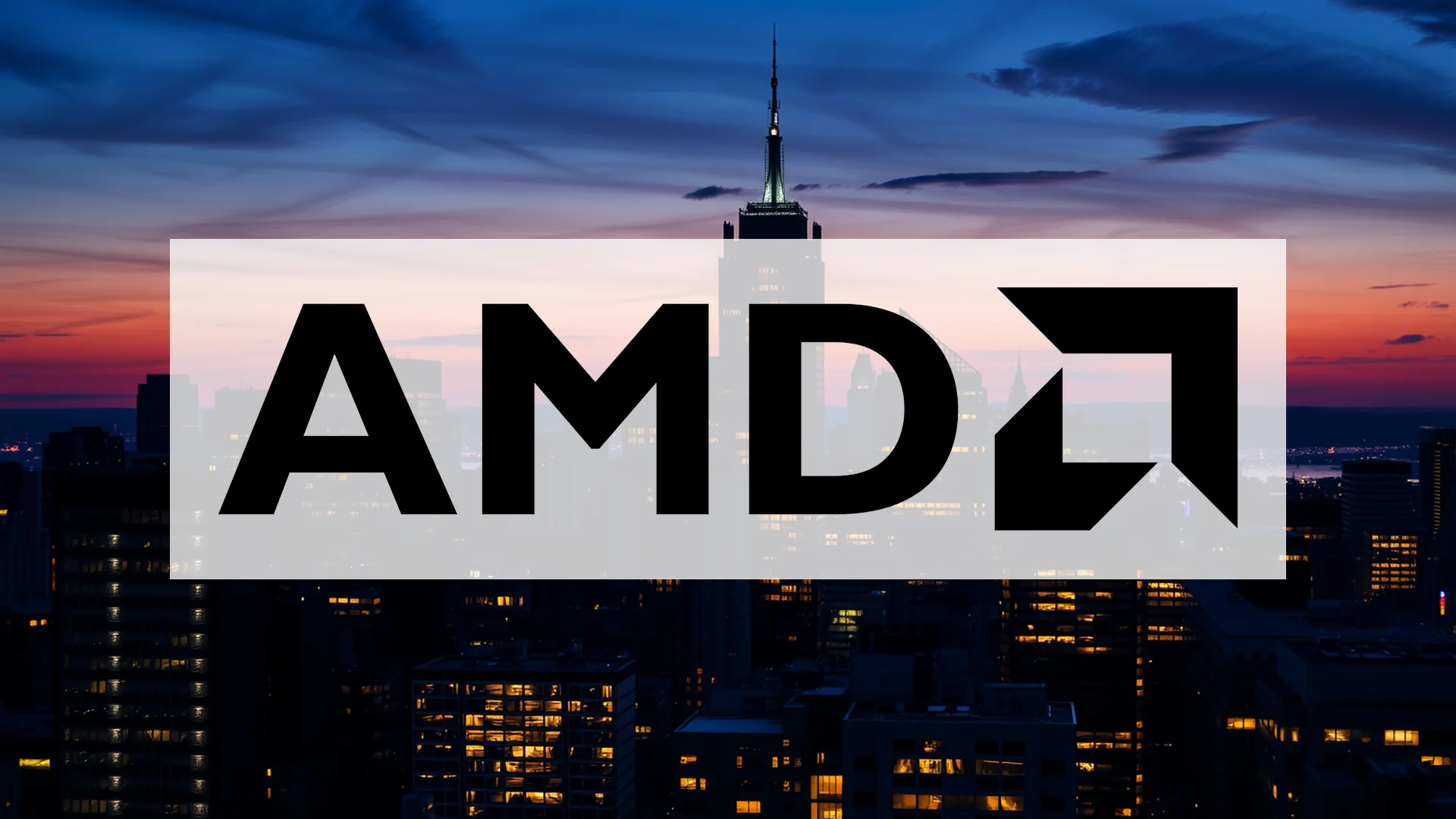Advanced Micro Devices delivered what appeared to be an exceptional quarterly report on Monday, yet investors responded by driving the stock down 3% in after-hours trading. The semiconductor leader posted revenue of $9.25 billion alongside earnings of $1.20 per share, comfortably exceeding Wall Street’s projections in both categories. This paradoxical market reaction highlights the immense expectations currently placed on companies operating in the artificial intelligence sector.
Financial Performance Exceeds Estimates But Fails to Impress
AMD’s third-quarter results demonstrated robust growth, with revenue climbing 36% year-over-year and significantly surpassing the $8.74 billion consensus estimate. The company’s adjusted earnings of $1.20 per share also beat the $1.17 forecast. Despite these strong figures, market participants had apparently priced in even more optimistic scenarios or were seeking different qualitative signals from the report.
Profitability metrics came under particular scrutiny from analysts. Despite substantial revenue expansion, operating margins contracted compared to the previous year. Goldman Sachs maintained a cautious stance, pointing to risks associated with AMD’s high customer concentration within its data center GPU business. JPMorgan analysts noted concerns about insufficient operational leverage, suggesting the company’s growth isn’t translating strongly enough to bottom-line performance.
Mixed Signals Across Business Segments
The data center unit, central to AMD’s AI strategy, generated $4.3 billion in revenue—a 22% increase that exceeded the $4.1 billion analyst forecast. However, this growth rate showed noticeable deceleration compared to previous quarters. Additionally, export restrictions resulted in zero contribution from China to AI chip sales during the quarter.
Other business areas showed remarkable strength. The client segment surged 46% to $2.8 billion, while gaming revenue exploded with 181% growth to $1.3 billion, driven by semi-custom chips and robust demand for Radeon GPUs.
Strategic Partnerships Position AMD as AI Contender
CEO Lisa Su is banking on major strategic alliances to drive future growth. In early October, AMD announced a landmark agreement with OpenAI to supply 6 gigawatts of Instinct GPUs to power the ChatGPT creator’s AI infrastructure. As part of the arrangement, OpenAI received options for up to 160 million AMD shares, representing approximately 10% of the company. Initial shipments of the MI450 series are scheduled to commence in the second half of 2026.
Should investors sell immediately? Or is it worth buying AMD?
Another significant commitment came from Oracle, which ordered 50,000 GPUs for its cloud infrastructure based on AMD’s “Helios” rack design. These partnerships establish AMD as a credible alternative to Nvidia, though execution will ultimately determine their success.
Challenging Market Backdrop Weighs on Sentiment
The tempered investor response also reflects broader concerns within the AI sector. Hedge fund manager Michael Burry has established short positions against both Nvidia and Palantir, creating unease among technology investors. Before the earnings release, AMD already carried ambitious valuation metrics with a forward P/E ratio of 41. While the quarterly results were strong, they apparently fell short of the elevated expectations embedded in the stock price.
Strong Guidance and Financial Position
Looking ahead, AMD provided fourth-quarter revenue guidance of $9.6 billion (plus or minus $300 million), substantially above the $9.2 billion consensus estimate. The company projects adjusted gross margins of approximately 54%, largely aligning with expectations.
CFO Jean Hu emphasized record free cash flow generation of $1.53 billion, representing a 208% increase. With $7.2 billion in cash and short-term investments against only $2.3 billion in debt, AMD maintains substantial financial flexibility to continue funding AI-related investments.
The upcoming Financial Analyst Day on November 11 may provide clarity regarding the Zen-6 architecture and next-generation GPU roadmaps. Whether these disclosures will alleviate investor concerns remains uncertain, particularly given that the stock has already more than doubled in 2025, creating significant performance pressure.
Ad
AMD Stock: Buy or Sell?! New AMD Analysis from December 21 delivers the answer:
The latest AMD figures speak for themselves: Urgent action needed for AMD investors. Is it worth buying or should you sell? Find out what to do now in the current free analysis from December 21.
AMD: Buy or sell? Read more here...










